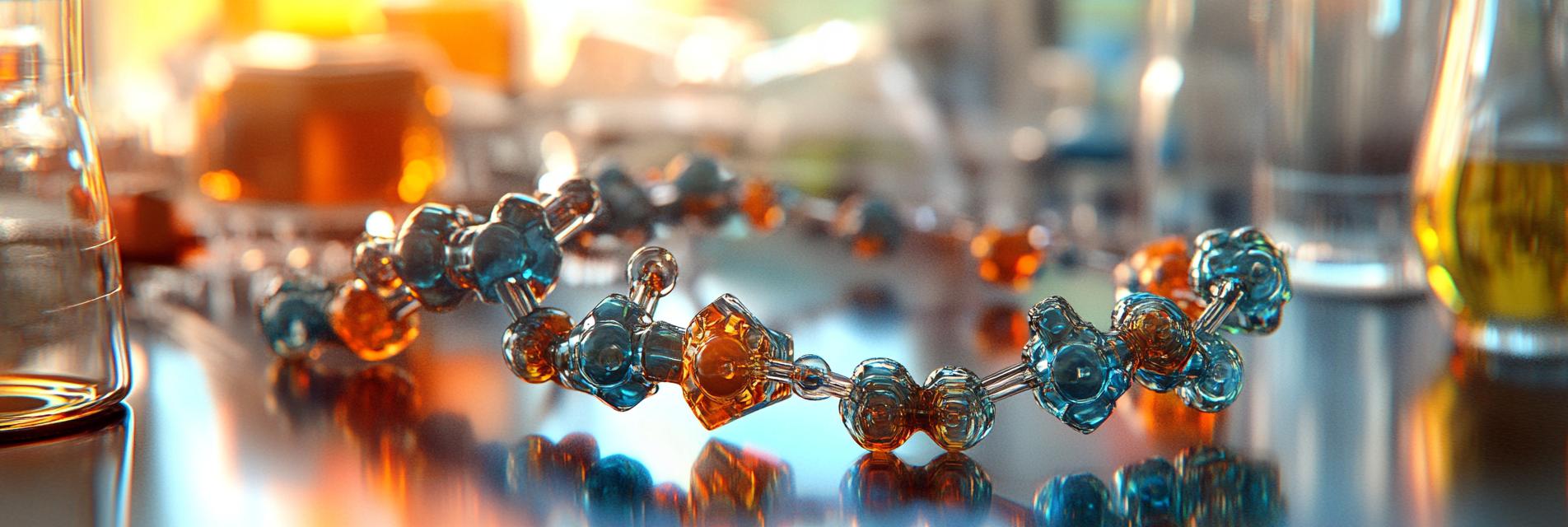Hello, fellow enthusiasts of chemistry and industry! Today, we’re diving deep into the fascinating world of polyacrylamide (PAM). If you thought PAM was just another fancy chemical, think again! This versatile polymer plays a crucial role in water treatment and numerous industrial applications.
Stability might sound dull, but when it comes to chemicals like polyacrylamide, it’s the life of the party! 🎉 Knowing how stable PAM is can make all the difference in industrial processes. If PAM isn’t stable, it can behave unpredictably, causing more mess than a toddler in a paint shop. Stability ensures that PAM functions effectively in various environments, retaining its desirable properties over time.

So, what exactly is PAM good for apart from keeping our chemistry textbooks full? Well, brace yourselves for the list! 🥳
Now, let’s get a bit nerdy. Understanding the properties of PAM, such as its solubility and molecular weight, helps industries determine how to use it effectively in their specific applications. The right PAM can make processes more efficient and save time and costs—yes, please!
In conclusion, whether you're in engineering, agriculture, or water management, understanding the stability and properties of polyacrylamide can lead to success in your projects. So let’s raise our test tubes 🧪 to the incredible journey of PAM and its importance in our industries!
Stay tuned for more fun chemistry facts and industry insights! Who knew polymers could be so entertaining?
